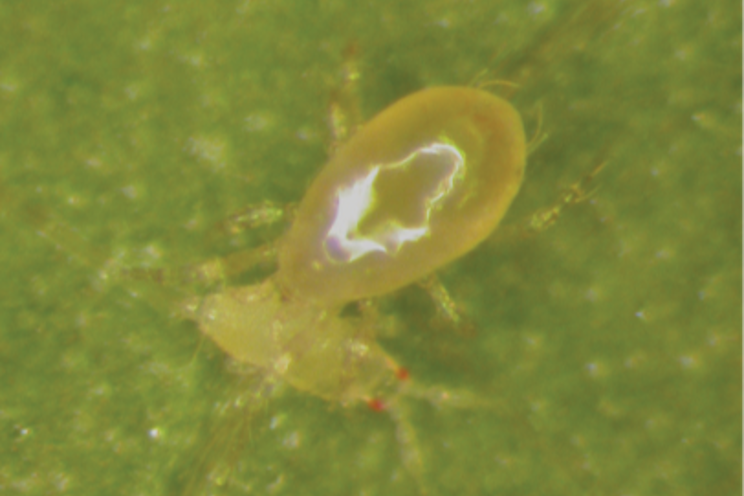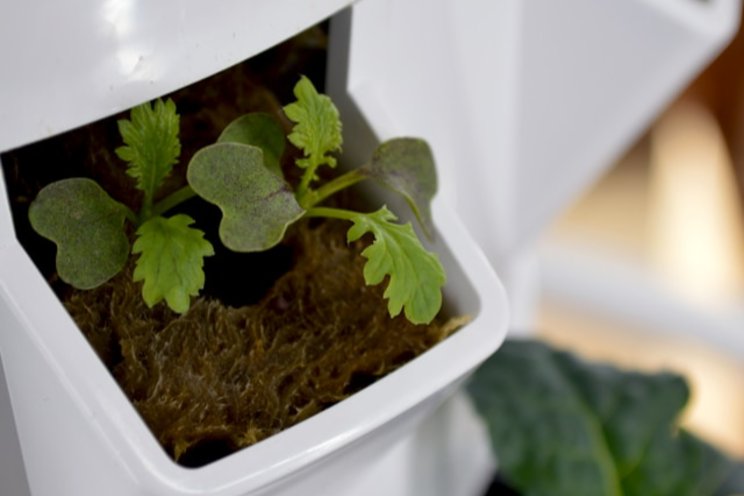Is it mite murder?
Added on 29 May 2023

A few years ago, I had an interaction with a grower when their long-standing biocontrol program for thrips suddenly seemed to be failing. After an investigation by me and several industry consultants, we found out the horrible truth. Their predatory mites were being murdered by improper storage of their mite sachets.
This article focuses on ways you might also be guilty of mite murder, and how to avoid common pitfalls when using mite-breeding sachets. By taking a little extra care, you can make sure you’re getting your money’s worth out of this biocontrol tool.
Pitfall No. 1:
Storing mites in the wrong spot.
In a perfect world, everyone would put their biological control agents out the second they received them. But I know that shipping and other duties sometimes take precedent. However, where you store your mites until you put them out has a huge impact on their quality.
The grower in question was using Cucumeris mite sachets that were stored in the temperature-controlled office before use, to protect them from high temperatures in the greenhouse. At the time, this made perfect sense everyone involved. As it turns out, that was the wrong move (Fig. 2). Sachets contain two types of mites: predatory mites (e.g. Amblyseius cucumeris or A. swirskii for thrips control) and “food mites” that they prey on while in the sachet. This provides the predatory mites with a self-renewing food source, so you get repeated generations of predators emerging from the sachet week after week.
Photo: Fig. 1. Mites like Amblyseius swirskii can be killed if mite sachets aren’t handled correctly. Given the expense involved, learn to avoid common ways of accidentally killing your mites. Photo courtesy of R. Buitenhuis, Vineland Research and Innovation Centre.
More news















